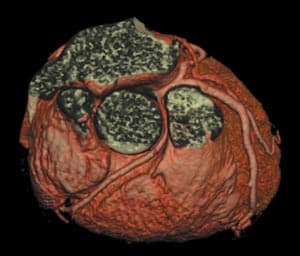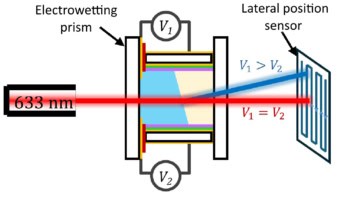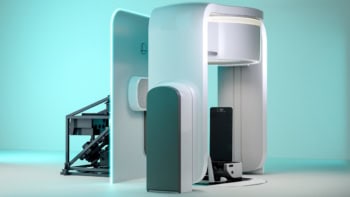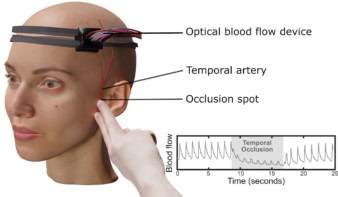Many organs - including this one - regularly encourage physicists to think about tackling problems in biology. We hark back to the role played by physicists in the discovery of the double helix 50 years ago, and to Max Delbruck's influential work on genetics even earlier, and we outline opportunities for the future, such as exploring the properties of single biomolecules or interpreting the mountains of data being generated by researchers in genomics and proteomics.
Medical physics can sometimes get overlooked in our enthusiasm for all things genetic, but the links between physics and medicine have a long history, and the opportunities for future collaboration are just as exciting as those in biology. Moreover, while there is much talk about the need to break down the barriers between physical and biological scientists – different “languages”, funding bodies and so on – medical physics has the advantage of being a well established discipline in its own right with all the accompanying “infrastructure”. In addition to medical-physics departments in hospitals and universities, this infrastructure includes learned societies, professional bodies, journals and big international conferences – like the World Congress on Medical Physics and Biomedical Engineering taking place in Sydney this month. In this issue we celebrate the state of the art in medical physics.
In “The rise and rise of medical imaging”, Paula Gould describes how medical physicists are improving the performance of all the major imaging “modalities” – X-ray computed tomography, positron emission tomography, magnetic resonance imaging, ultrasound and others. A major trend in medical imaging is the move towards combining data and images from complementary techniques: for instance, positron emission tomography can provide information on metabolic activity, while computed-tomography scans reveal the related anatomical detail.
Many physics-based techniques are also being used to treat cancer, and each has its own distinct advantages and disadvantages. The basic approach is to use photons or particles to deposit enough energy in the cancerous cells to kill them. With X-rays the challenge is to make sure that the dose is as high as possible at the tumour and as low as possible everywhere else. This is because the X-ray photons start losing energy as soon as they enter body tissue.
Particles are different and tend to deposit most of their energy at a specific depth that depends on their energy. This allows more targeted treatment, but the downside is that it is much more difficult and expensive to accelerate particle beams than it is to produce X-rays. However, medical physicists are working hard to improve the performance of both approaches (see “How particle physics can be therapeutic” and “X-rays pinpoint tumour targets”). Within particle therapy, a range of different approaches is being explored – these include proton therapy, ion therapy and boron neutron-capture therapy, as well as the relatively mature electron-beam therapy and the futuristic antiproton approach.
Returning to photons, lasers are also being used in medical treatments and procedures as diverse as cancer diagnosis, dentistry and the monitoring of newborn babies in intensive-care units (see “Lighting up medicine with lasers”). Of course, all breakthroughs in medical-physics research must pass through rigorous trials before they can be used routinely on patients, and in “From the laboratory to the patient” we describe the experiences of two US-based companies in commercializing ultrasound technology and a new approach to making radioactive “seeds” for brachytherapy.
The bottom line is that medical physics is a thriving subject that offers many challenges for young physicists with the right skills and outlook. And as Natalka Suchowerska explains (p47, print version only) the good news for physicists excited by these opportunities – but not so good news for hospitals and patients – is that there is a shortage of medical physicists across the globe.




